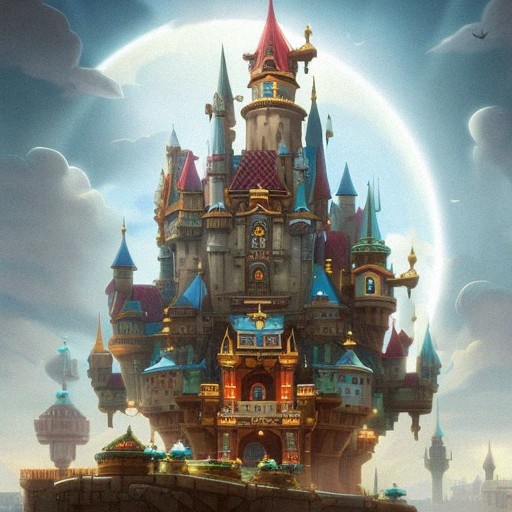Video games have become a significant form of entertainment in our modern world. With over 2.7 billion gamers worldwide, game designers have to create games that appeal to the emotions of their players. Understanding the role of emotions in the gaming experience can help game designers create games that resonate with players. This is where Nicole Lazzaro’s work comes in. In her book “Why We Play Games: Lazzaro outlines four fun key models that impact the gaming experience.
This model outlines four different types of fun that game designers can use to create games that resonate with players. Hard fun, easy fun, serious fun, and people fun are the four types of fun identified by Lazzaro. Designers can use these keys to create experiences that engage players emotionally and move them through different emotions.
Hard fun
Hard fun is the type of fun players experience when they are challenged in a game. It’s the satisfaction that comes from overcoming obstacles and achieving goals. Game designers can use hard fun to create engaging and rewarding games for players. However, it’s important to strike a balance between challenging players and frustrating them. If a game is too difficult, players might become frustrated and give up, but if it’s too easy, they might lose interest.
“Dark Souls” is a notoriously challenging game that requires players to learn from their mistakes and develop strategies to progress through the game’s unforgiving levels. The game’s difficulty is a core part of the experience and provides a sense of accomplishment for players who overcome its challenges.
Easy fun
Easy fun is the type of fun players experience when a game does not challenge them. This can result from playing a game that doesn’t require much skill, such as a casual game. Easy fun can be a great way to relax and unwind, but it’s not always the most engaging type of fun. Designers need to be careful not to make their games too easy, as players might lose interest quickly.
“Animal Crossing” is a relaxing and low-stress game where players can create and decorate their own virtual homes, interact with cute animal characters, and collect items. The game’s emphasis on customization and creativity provides a sense of relaxation and enjoyment for players.
Serious fun
Serious fun is the type of fun players experience when they are emotionally invested in a game. This can happen when a game has a compelling story, interesting characters, or an emotional connection to the player. Game designers can use serious fun to create games that have a lasting impact on players. However, it’s important to ensure that the emotional content of the game is appropriate for the audience. If a game is too intense or emotional, it might turn players off.
“The Last of Us” is a game that tells a harrowing story of survival in a post-apocalyptic world. The game’s well-developed characters, emotional story, and intense gameplay make for a powerful and memorable experience that leaves a lasting impact on players.
People fun
People fun is the type of fun players experience when they are interacting with other players. This can happen in multiplayer games or games that allow players to connect with each other. People’s fun can be a great way to build social connections and make new friends. Game designers can use people fun to create games that bring people together and create a sense of community.
“Among Us” is a multiplayer game that challenges players to identify imposters among their crewmates on a spaceship. The game’s social deduction mechanics encourage players to communicate, work together, and ultimately try to deceive each other in a fun and engaging way. The game’s focus on player interaction creates a sense of community and can lead to friendships forming among players.
Understanding the role of emotions in gaming and the Four Fun Keys model is crucial for game designers who want to create engaging, satisfying, and memorable gaming experiences for their players. By leveraging the different types of fun, designers can create games that cater to different player preferences and provide a diverse range of emotional experiences.
Whether a game is designed to challenge and frustrate players, provide relaxation and escapism, evoke emotional responses, or foster social connections, game designers need to consider how emotions factor into their designs. Ultimately, the goal of game design is to create an immersive and enjoyable experience for players that they will want to return to time and time again.




